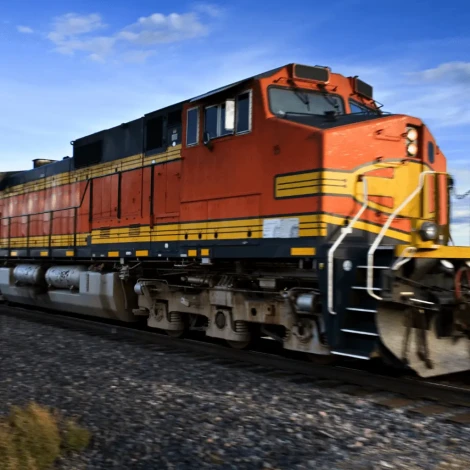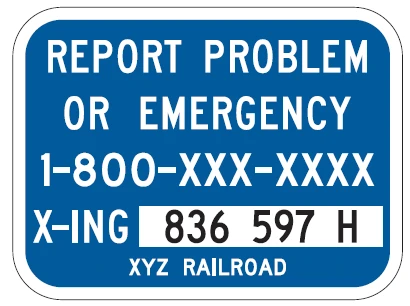
This week, Sept. 18-24th 2023, is Operation Lifesaver Rail Safety Week. Here at Jones & Swanson, we cannot stress enough the importance of rail safety and awareness of track tragedies.
Trains may seem old-fashioned, and not a common problem to face, however in America, on average, a person or vehicle is hit by a train every three hours. (Oli.org) This is a widely unknown statistic and we’re here to remind everyone of the importance of safety when approaching railways.
Stay Alert
- Whether you are walking or driving, pay attention to your surroundings and know the signs. If a gate is lowered and lights are flashing, do not approach the track and do not attempt to go around. Trains move faster than they seem and will not be able to stop in time.
- Always try to visually and auditorily detect an incoming train. In the incident of a malfunctioning gate crossing, you should always expect an incoming train. Report all faulty equipment to the blue and white Emergency Notification System (ENS) sign.

- Look out for others, if you notice somebody is on tracks with an oncoming train, alert them. In the instance they are trapped, refrain from putting yourself in danger and contact the ENS number immediately.
- Turn down music and remove headphones. Loud music can be the most deadly distraction in the instance that you are walking or riding a bike over tracks and unable to hear an oncoming train.
Don’t Get Trapped
- Do not stop a car on the tracks if you are not sure you can fully cross over. In the event of traffic or obstruction, stay before the bold white line until it is clear to cross. Likewise, if you are walking over, use a designated crossing and do not stop closer than 15 feet from a rail.
- In the event that your car stalls on the tracks, exit your vehicle immediately and contact the ENS number. Even if a train is not currently coming, there could be a possibility at any moment of its arrival.
- If using a bicycle, it is encouraged to dismount and walk the bike over the tracks. Not only can train tracks become slippery when wet but bike wheels can get caught between the rails. Always cross at a 90-degree angle.
Learn The Law
- Many different types of vehicles are required to stop at railroad crossings without active warning lights; including but not limited to school buses, commercial transportation vehicles, and vehicles carrying flammable materials. Do not follow closely as they may abruptly stop without warning.
- Know that you must stop when warning signs are active. Do not attempt to pass the gate and speed through, even though an accident did not occur, you still may face criminal charges.
- Do not walk on tracks, not only is it dangerous but it is illegal to trespass as they are all private property.
- Trains always have the right of way, even to emergency vehicles.
Train track safety is very important to keep in mind, especially living in rural areas with a larger density of them. Always follow rules and regulations surrounding tracks, and only pass using a designated railroad crossing.
Jones & Swanson hopes that everyone spends a little time this week refreshing these safety tips to your friends and family as well as remembering to stay vigilant so we can #STOPTrackTragedies.
if You Or Someone You Know Has Been Injured Or Faced Death Due To The Negligence Of Railway Operators, call jones & Swanson For A Free Consultation or contact Us On Awjlaw.com. we Have Decades Of Combined Experience Representing Individuals In Personal Injury Cases And Are Here To Help.
Categories: Auto Accidents, Car Accident, Catastrophic Injuries, Defensive Driving, Pedestrian Accident, Safety Tips, Train Crash




